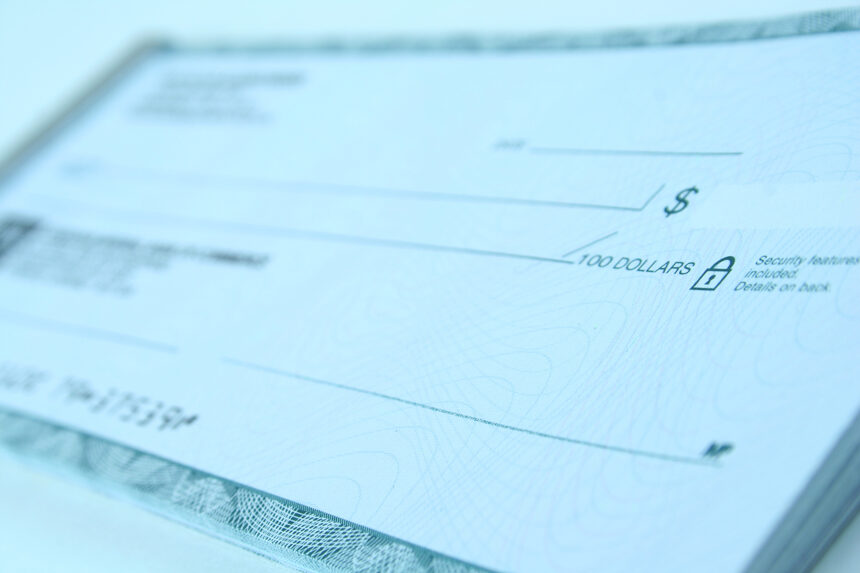Steve Weisman is a lawyer, college professor, author, and one of the country’s leading experts in cybersecurity, identity theft, and scams. See Steve’s other Con Watch articles.
Recently, scammers in San Diego have been taking photos of cars and then posting them on social media, falsely claiming that the car has been stolen and offering a $1,000 reward for information on the car’s whereabouts. When people respond to the social media post with information about the “stolen” car, they are then instructed to provide their bank account number and bank routing number in order to have the reward sent to their account.
Unfortunately, once the scammer has your bank account and routing number, they are able to wire money from your account to buy goods, which are mailed to the crook, who then sells the goods, thereby laundering the proceeds of the scam. Some criminals will even use your banking information to set up recurring payments for services like utilities.
While this particular San Diego scam is somewhat unusual, it points out how simple it can be for a bad guy to get at your bank account and how vulnerable our bank accounts are to sophisticated attacks.
Never give your bank account information to any person or company that you have not thoroughly researched to make sure that they are legitimate. In fact, if you are a bit paranoid, you can avoid the problem altogether by not providing your bank account information to anyone who wants to send you a payment electronically; instead, have payments sent to you by a check.
Even putting a check in the mail is dangerous because your check carries both your account number and routing number. You should never put any outgoing mail containing a check into your home mailbox. Scammers cruise neighborhoods looking for the red flag raised on home mailboxes and then steal your outgoing mail.
Making things worse, you aren’t even safe if you mail checks from the U.S. Postal Service blue mailboxes you find throughout your town. In recent years thieves have successfully stolen mail right out of these mail boxes. If you want to mail a paper check, you should mail it from inside your local Post Office.
Some online retailers allow you use your bank account information as a payment option. This should be avoided because it puts you in double jeopardy. First, the retailer may be a scammer to whom you have just turned over your bank account information. Second, even if the retailer is legitimate, you have given this sensitive information to a company that may well suffer a data breach. Either way, this is not a good way to make online payments. You are much better off using a credit card because federal law limits your liability for fraudulent use to no more than $50. Quite frankly, I have never heard of a credit card company that charges the customer anything if their card is used for a fraudulent purchase. Debit cards should also be avoided for online and offline payments because the laws protecting you from liability for fraudulent purchases are much weaker.
Another way that scammers can use your bank account and routing number is by creating counterfeit checks that copy your bank information; they then make purchases that they will later sell for cash. They may also make payments directly into a bank account that they control, which they can quite easily do with today’s technology by merely scanning the counterfeit check to deposit the money into their account.
If you do become a victim of this type of scam, freeze your account immediately and notify the police and the fraud department of your bank. Change your online banking password and make sure you are using dual factor authentication as well.
The good news is that for wiring of funds fraud, you are not liable for the money withdrawn from your account if you notify the bank within 60 days of when you receive your monthly statement. Banks are required to investigate the crime promptly and replace the money into your account within one business day of determining that the loss of funds from your account was fraudulent.
Become a Saturday Evening Post member and enjoy unlimited access. Subscribe now




Comments
Yes.
We are living in Godless times.
What was wrong is right. What was right, is wrong.
For men shall be lovers of their own selves, covetous, boasters, proud, blasphemers, disobedient to parents, unthankful, unholy.
Good (new) info to know in this nearly completely crooked world; starting with the government of course. When I do mail checks or money orders, I insert then into a piece of notebook paper divided in thirds before closing the envelope.
In Ca., there aren’t that many of the traditional blue mailboxes other than at the Post Office itself otherwise. Since I’m there, I’ll mail it from inside during business hours. In my state the older style pull down lever is gone, replaced with a very narrow slit. I don’t know if other states do this or not. I would hope so if my backward state can do so, but any assumption would be foolish.
Our nation’s motto is: “If it makes sense, don’t do it. If it doesn’t make sense, by all means do it!” I check my U.S. Bank account online every day to make sure everything’s legit. I don’t keep any more $ in the bank than I have to at any single time. Savings $0 as far as they’re concerned. I can’t have it stolen with no accountability by the financial institution or our beyond-corrupt government, worthless as it is.
Nothing, and I mean nothing is too low for either of them not to do, never mind all the other regular hacker-whatever crooks regularly mentioned and warned of in ‘Con Watch’.